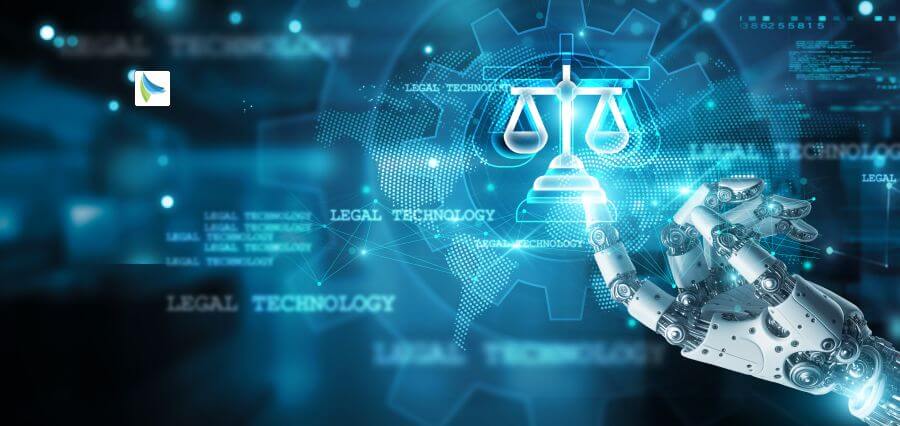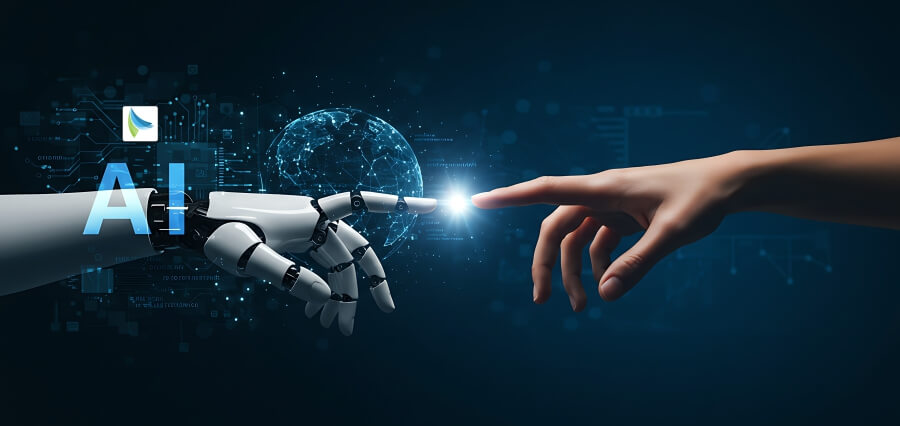While artificial intelligence is reshaping industries and the game of decision-making, the role of ethics in the AI system is more crucial today than at any moment of human history. Machine learning (ML) pipelines—the regulated processes by which data moves, models learn, and predictions are generated—have emerged as the backbone of intelligent systems. Power so great, however, demands responsibility so great in like measure.
Since these pipelines make increasingly autonomous decisions regarding healthcare, money, education, and crime, it is imperative that the systems align with society’s values. That is where ethical AI comes in.
What Is Ethical AI and Why Does It Matter?
Ethical AI is the rules and standards that oversee the deployment of artificial intelligence so that it is fair, clear, accountable, and compliant with human rights. It is not merely a matter of avoiding catastrophic failure—it’s about designing systems that are fair to humans, respect their privacy, and are audit-worthy.
In the ML pipeline ecosystem, ethical AI would involve examining every step in the development process to seek out foreseeable harms before they cause damage. A creditworthiness forecast model, say, might discriminate against particular racial or socioeconomic communities unintentionally if it’s been trained on biased past data. A facial recognition program might perform well for lighter complexions but tank for darker complexions, bureaucratizing injustice under the guise of automation.
These are the kinds of situations we are heading towards: in a new world, technological hegemony no longer guarantees social progress. Without an ethical foundation, even the most advanced algorithms can end up exacerbating inequality rather than eliminating it.
Ethics Across the Whole Pipeline
In order to fully incorporate ethical AI into ML pipelines, we must work alongside ethics as a priority, rather than an afterthought. All stages of the pipeline—data gathering right through to deployment—offer opportunity and risk. Data collection will likely be the first ethical issue.
The old adage “garbage in, garbage out” is most accurate when applied to machine learning. If socially biased data are used for training, the resulting model will reflect those flaws. Ethical data practice begins with the guarantee that the process of selecting data ensures equity and inclusion. It might involve auditing the data sets for bias, demographic balancing, and transparency regarding what data are used and why.
At the training and development phase of a model, ethical AI means choosing the algorithms that are amenable to fairness and interpretability. It is keeping in mind always the choice of features and how these could be proxies for sensitive attributes such as gender, age, or race. Developers need not just ask what can the model predict, but if it should predict anything.
Validation and testing is not just about correctness—it’s about fairness. A model that is performing excellently overall may be performing badly for minority subpopulations. Ethical AI means models must be tested on the way they impact various sets of people. This isn’t just about testing technical performance, but social impact, harm, and differential treatment.
With respect to deployment, the ethical imperative is transparency and accountability. Users must understand how and why a system is reaching its conclusions. Where a model does err—or does harm—there must be avenues for examining, explaining, and correcting the errors. Ethical deployment also requires monitoring over time. AI systems are dynamic; they learn from new information, and so too must the protections that operate around them.
The Human Element to Ethical AI
While much of the discussion around AI is about algorithms and data, ethical AI is all about people. What we build actually has real-world impact—whether a patient being diagnosed, a hiring candidate screened out by a resume filter, or a citizen tagged as suspicious by an observer system. That human impact can’t be dismissed with abstraction or left up to happenstance.
Building ethical AI means involving multiple voices in the design. Engineers and data scientists will have to work with ethicists, social scientists, community organizers, and impacted users. This cross-disciplinary approach will not only make AI accomplish corporate or technical goals, but also an all-around public good.
Moreover, accountable AI requires responsibility culture in business. That is to encourage openness, to inspire ethical consideration, and to reward those who raise hard questions. Rather than seeing ethics as the innovation killer, companies must see ethics as the force behind long-term and human-focused innovation.
Governance and Accountability
To give machine learning processes ethical integrity, there must also be governance architectures. Third-party audits, in-house ethics committees, and open documentation can all serve to give assurance that ethical standards are being put into practice in fact as well as in intention. Adherence to international best practices, e.g., the EU’s AI Act or the OECD AI principles, can similarly offer additional guidance and oversight.
It is also critical that users are provided with recourse when something goes wrong. Ethical AI enables people to contest, challenge, or appeal algorithmic decisions made by machines that impact their lives. Transparency, explainability, and human governance are the keys to establishing trust in AI technologies.
A Future Built on Trust
Ethical AI is ultimately all about trust. People need to be able to trust that the technologies making life-changing decisions are doing so on their behalf. They need to be able to trust that those systems were developed with thoughtfulness, reviewed with integrity, and implemented with accountability. Trust is not created by announcing an AI system ethical—it is built with action, with transparency, and with showing a dedication to doing the right thing, even when the right thing isn’t necessarily the easiest thing. Short of it, applying ethical AI within machine learning processes isn’t a tech challenge—it’s an ethical necessity.
Because machines are becoming larger and more active in nearly every aspect of existence, we must ensure that the systems are not only robust, but also equitable, just, and human. It is only when we do so that we can unwrap the true potential of AI—not as an engine of automation, but as a force for good.”
Read More: The Future of Digital Innovation











